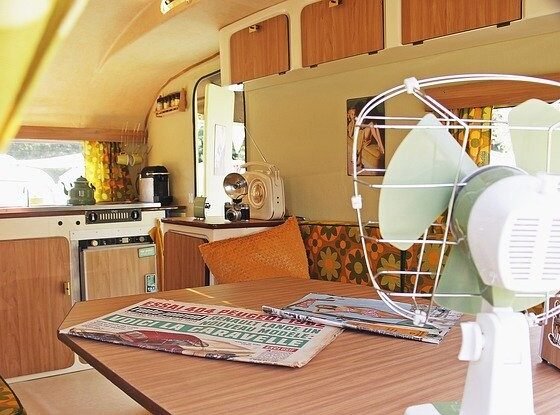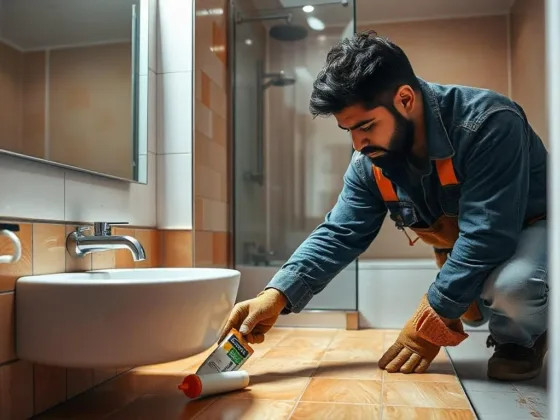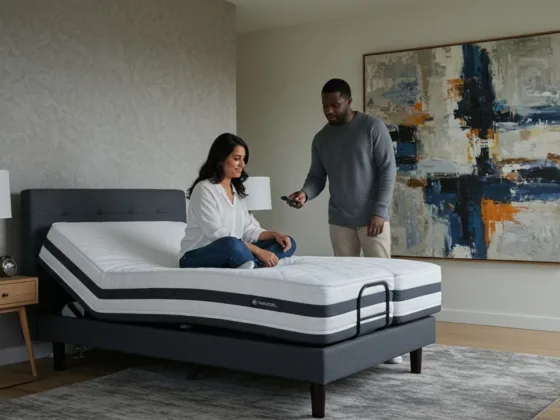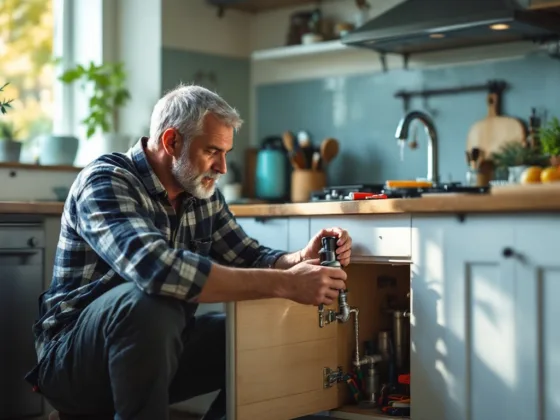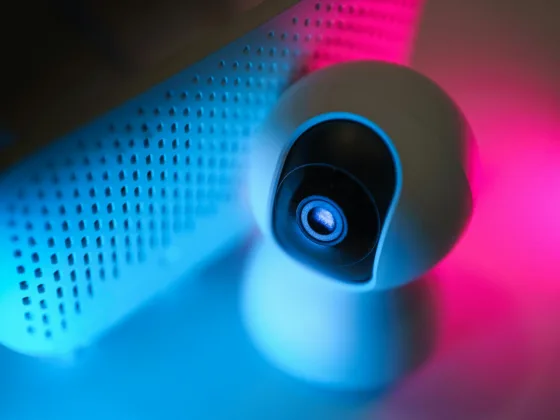Table of Contents Show
Solar panels help you generate DC electricity from the sun and use an inverter to convert the electricity it has generated to AC electricity.
It can now be utilized for household purposes. Solar panels are mostly on building tops.

They perform very well when placed directly under the sun. This is a step-by-step guide that describes how to install solar panels.
Use Scaffolding for Safety
The use of scaffolding will help you make sure that the working environment is safe for installation on the roof.
This can be skipped if you decide to mount them to the ground instead.
Always make sure there is no object obstructing the panel’s access to the sunlight. See here for the best solar company in Hervey bay.
Set up Solar Panel Mounts
After ensuring safety with scaffolding, the step that comes next is to fix mounts to act as support for the solar panel. The tilting angle is between 18 to 36 degrees.
Read Also:
Fix The Solar Panels on The Mounts
You can now fix the solar panels to the solar panel mounts. Tighten all the bolts and nuts to ensure that they are durable and strong.
Do Some Electrical Wiring for your Solar Panel?
Electricity wiring is the next step. Universal connectors are mostly used since they are fit for all types of solar panels.
MC4 connectors are examples of universal connectors. The panels can be wired and connected by using a series connection or parallel connection. For a series connection, a PV module is needed.
Note: Series connection is when the positive wire of a PV module is connected to the negative of another module.
The parallel connection has to do with connecting positive to positive and negative to negative.
Connect a Solar Inverter to the System
Now, you have to connect an inverter to the system. They can be set up indoors and outdoors.
If you set it up indoors, the garage is usually the best place due to its cool temperature.
However, if it is outdoors, the inverter must be kept out of the sun to avoid damage.
Connect Solar Inverter and Solar Battery
Batteries are needed to store electricity and save you from worrying about a lack of energy on cloudy days.
It is connected by attaching the positive terminal of the inverter to the positive terminal of the battery and the negative to the negative.
Connect to the Consumer Grid
You should connect your inverter to the grid to produce electricity. It is easier to use a normal plug to connect it to the electric board that feeds electricity to your home.
Also, you can oversee the amount of electricity produced with a generation meter.
Start And Test your Solar Panels
The last and final step is to power on and test your newly installed solar panel. Now, the installation of your solar panel is complete.
With solar panels, you can enjoy renewable energy for years. Since the parts do not need to be moved around, very little care is required.
Always make sure they are kept clean and no object obstructs them from accessing the sunlight.
